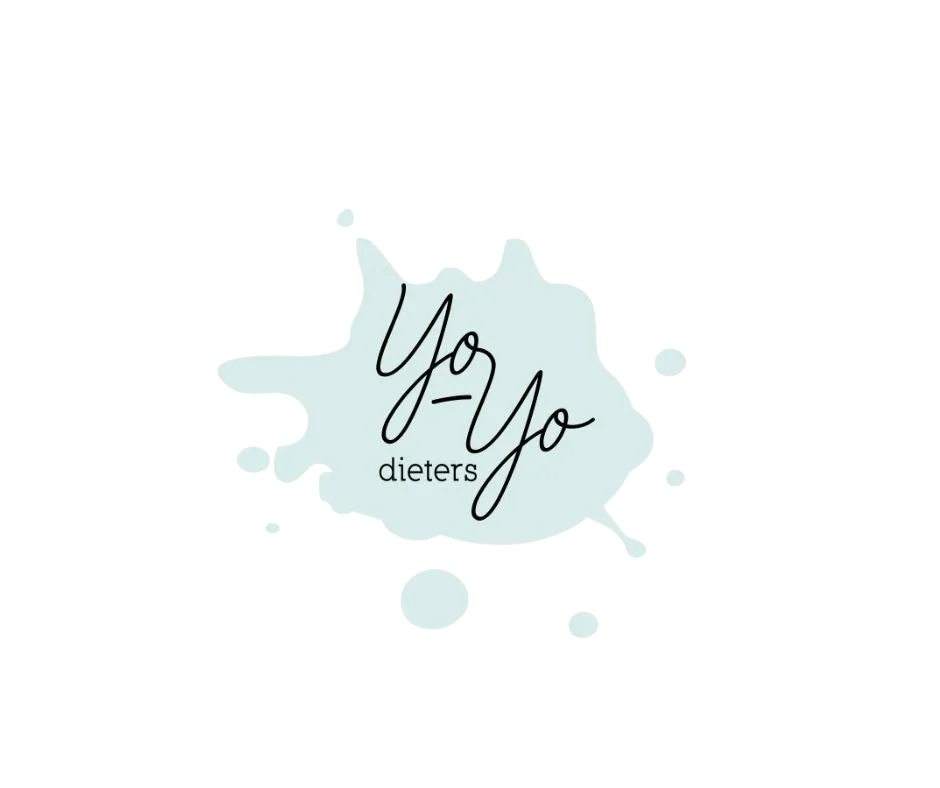
The Psychology of Emotional Eating: Understanding and Breaking the Cycle
We've all been there – reaching for comfort food after a stressful day, celebrating with treats, or soothing disappointment with something sweet. Emotional eating is a common human experience, but when it becomes a primary coping mechanism, it can derail our health goals and emotional well-being.
Understanding Emotional Eating
What Is Emotional Eating?
Eating in response to feelings rather than hunger
Using food to cope with emotions
Eating past physical fullness
Seeking specific comfort foods
Common Emotional Triggers
Stress Response Patterns:
Seeking quick energy
Craving sugary foods
Mindless eating
Rushed meals
Anxiety Behaviors:
Nervous snacking
Repetitive eating
Seeking control through food
Comfort food cravings
Loneliness Patterns:
Eating to fill void
Social replacement
Boredom eating
Seeking comfort
The Emotional Eating Cycle
Trigger Phase
Emotional event occurs
Stress response activated
Food cravings begin
Seeking comfort
Response Phase
Food seeking
Quick gratification
Temporary relief
Mindless consumption
Aftermath Phase
Guilt and shame
Negative self-talk
Physical discomfort
Renewed stress
Breaking the Cycle
Awareness Building Practice:
Emotion tracking
Hunger assessment
Trigger identification
Pattern recognition
Alternative Coping Strategies Develop:
Stress management techniques
Emotional outlets
Support systems
Self-care practices
Mindful Eating Skills Learn:
Hunger/fullness recognition
Mindful food choices
Eating without distractions
Satisfaction awareness
Creating New Patterns
Emotional Toolkit Include:
Breathing exercises
Movement practices
Journaling
Social connection
Environment Setup Organize:
Healthy food access
Stress-free eating spaces
Support resources
Comfort activities
Response Planning Develop:
Trigger action plans
Support contacts
Healthy alternatives
Recovery strategies
Professional Support
When to Seek Help Consider if:
Patterns feel uncontrollable
Significant distress
Health impacts
Failed self-help attempts
Types of Support Options:
Therapists
Nutritionists
Support groups
Health coaches
Treatment Approaches Explore:
Cognitive behavioral therapy
Mindfulness training
Nutritional counseling
Stress management
Daily Practice Tools
Emotion-Food Journal Track:
Feelings before eating
Food choices
Satisfaction levels
Alternative actions
Mindful Moments Practice:
Pause before eating
Check emotional state
Assess true hunger
Consider alternatives
Success Strategies Implement:
Regular meals
Adequate nutrition
Stress management
Self-compassion
Action Steps to Start Today:
Begin Awareness
Start emotion-food journal
Notice eating patterns
Identify common triggers
Track hunger levels
Create Support
Share with trusted friends
Join support communities
Gather resources
Plan professional help
Develop Tools
List alternative activities
Create stress-relief plan
Prepare healthy options
Set up environment
Remember: Breaking the emotional eating cycle isn't about perfect eating – it's about developing a healthier relationship with both food and emotions.
